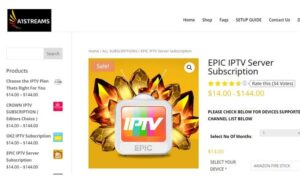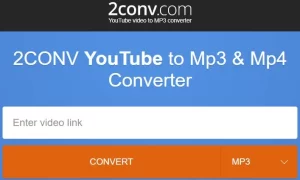Professional networking isn’t always easy in IT. There’s often a sense of invading space or butting in when you try to expand your network with someone you’ve just met. But there’s one way to go about it that just about everyone, even the biggest tech world introvert, accepts: the business card. But up until now, it hasn’t been possible to use your card as a real promotional tool, like your resume. Most cards don’t make an impact.
Mobile technology changes all that. You can now upgrade your business card to lead directly to your resume online using Quick Response technology. You can even encode it so that only people who’ve gotten a hold of your business card are able to see it — keeping it nice and safe as a way of building your contact pool without alienating your current employer.
So, here’s what you’ll need to get started.
1) A Business Card: A standard-sized business card is more than enough for a Quick Response code. Include your usual contact data, such as name and email address, but let the QR code stand on its own and tempt the user into giving it a scan.
2) An Online Resume or Portfolio: This part will take the most work. The average user’s resume is ugly and hard to read, descended from the Microsoft Word resume template. If you’re going to pull contacts online to look at what you have to offer, you should aim for a multimedia presentation. That means, at least, your resume should be reformatted for the web. Separately, consider a whole portfolio including samples of your work, your (business-friendly) social media accounts, and a video greeting.
3) A Quick Response Code: Once you have your webpage set up, it’s easy to get a QR code online through a variety of free websites. The site can generate the code, and you can get your local print shop to include it on your business card. Anyone who owns a smartphone or any other mobile device will be able to scan your business card to access your portfolio. (Encode your online data with a password written on your card to make it look more exclusive and keep it off the public ‘net.)
In information technology, everyone you meet will have at least one mobile device — many will have two or three, including tech toys from work. That makes it fast and easy to tempt someone to scan your QR code. After someone takes the average business card, they usually never look at it again. A QR code gives them some incentive to pull your card out of their wallet or pocket and spend more time with it rather than throwing it out.
Even though QR codes represent older technology, you’ll look savvy and smart when you use them to breathe new life into boring business cards. If you can pull together a really impressive multimedia presentation — one that’s optimized for mobile and communicates what you have to offer — you can get people to keep you in the loop or contact you for future job opportunities. Why? Because most people will never think of using this kind of technology in this way!
Doing this shows creativity and innovation. Those are traits that are valuable in every industry, not just the tech sector.
There’s no guarantee that your QR enabled business card will make waves the first time you use it. But if you’re visiting a conference or media event, spreading it around can only help. Plus, you can capture email addresses from potential clients, get new friends on your blog roll, and make all your networking efforts a little more social.



